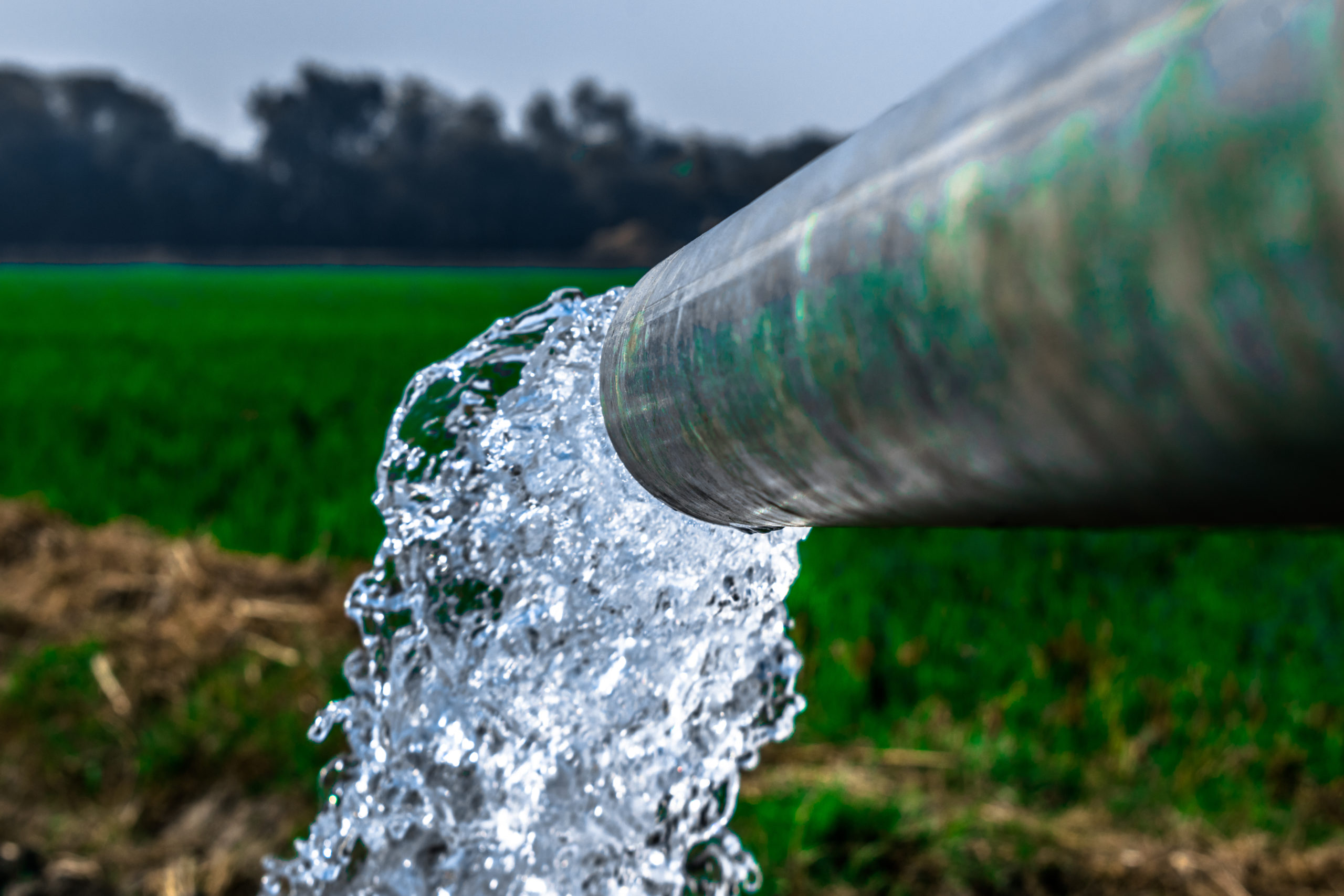Discovering the Duty of Biotechnology in Waste Water Treatment
Discovering the Duty of Biotechnology in Waste Water Treatment
Blog Article
Strategic Approaches to Improve Drainage Treatment Performance and Decrease Ecological Influence
In the world of waste water therapy, the mission for enhanced efficiency and reduced ecological effect is a perpetual challenge that requires calculated services. The integration of innovative treatment technologies, energy-efficient procedures, source healing techniques, enhanced nutrient elimination methods, and clever surveillance and control systems represents a diverse structure for attending to these pressing worries.
Advanced Treatment Technologies
Sophisticated membrane purification systems have revolutionized sophisticated wastewater therapy processes, significantly improving the removal of pollutants. These cutting-edge systems work by compeling water through a semi-permeable membrane layer, effectively separating contaminations from the water stream. The membrane's tiny pores trap contaminants such as microorganisms, viruses, and suspended solids, permitting just purified water to travel through. This technology has shown to be highly effective in getting rid of a vast array of impurities, consisting of pharmaceuticals, heavy metals, and natural substances, which are typically testing to remove via standard therapy methods.
Furthermore, membrane layer filtering systems provide countless benefits over conventional therapy methods. Additionally, these systems are very flexible and can be easily incorporated into existing therapy plants or utilized as standalone devices for decentralized applications.
Energy-Efficient Processes
The integration of energy-efficient processes in wastewater treatment systems is crucial for enhancing source utilization and reducing functional prices. One key strategy to improving power effectiveness in wastewater therapy is the utilization of innovative aeration systems, such as great bubble diffusers or surface aerators, which can boost oxygen transfer performance and decrease energy usage.
In addition, enhancing procedure control and automation with using innovative sensors and keeping an eye on systems can boost general energy performance by adjusting procedures in real-time based upon real need and conditions. Implementing power audits and routinely checking power performance signs are vital methods to recognize areas for improvement and track energy-saving campaigns properly. Overall, the fostering of energy-efficient procedures in wastewater therapy not just benefits the atmosphere but also adds to long-lasting price savings and operational sustainability.
Resource Recovery Strategies
With a concentrate on optimizing source use and sustainability in wastewater treatment systems, the application of source recuperation methods becomes a crucial element in improving operational efficiency. Resource recovery methods in wastewater treatment involve the recognition and extraction of valuable sources from the waste stream, thus transforming what was when considered waste into a valuable possession. By executing source recuperation strategies such as nutrient elimination and recuperation, power generation from organic issue, and the manufacturing of recyclable water, wastewater therapy plants can minimize environmental influence while maximizing effectiveness.

Enhanced Nutrient Elimination Strategies
Executing sophisticated nutrient elimination strategies is vital for maximizing the performance of wastewater therapy systems. Boosted nutrient elimination plays an essential function in lessening the ecological influence of cured effluent released into water bodies. One of the key strategies made use of for Continued enhanced nutrient elimination is the procedure of organic nutrient elimination (BNR), which involves the removal of nitrogen and phosphorus through biological procedures. This can be accomplished through the usage of specialized bacteria that can convert nitrogen substances right into inert nitrogen gas through denitrification, and build up phosphorus within their cells via a procedure called enhanced organic phosphorus removal (EBPR)

In enhancement to BNR, advanced treatment methods such as membrane bioreactors (MBRs) and created wetlands can likewise be employed to boost nutrient removal effectiveness. MBRs use membrane layers to achieve premium effluent criteria by efficiently removing nutrients and put on hold solids. Built marshes resemble all-natural wetland processes to remove nutrients via plant uptake, microbial task, and sedimentation. By incorporating these sophisticated nutrient elimination techniques into wastewater treatment markets, systems and communities can efficiently minimize nutrient contamination and protect the environment.
Smart Tracking and Control Systems
Making use of innovative modern technology, the integration of wise monitoring and control systems transforms the functional effectiveness of wastewater therapy centers. These systems integrate sophisticated sensors and data analytics to continuously check key criteria such as pH levels, turbidity, dissolved oxygen, and flow rates in real-time. By collecting and evaluating this information, operators can obtain important understandings into the efficiency of the treatment procedures, enabling proactive adjustments to enhance treatment performance.
Smart tracking and control systems likewise support remote monitoring abilities, allowing drivers to gain access to real-time information and control features from off-site places. This remote availability improves functional versatility and responsiveness, enabling swift treatments in case of system malfunctions or changes in influent top quality. In addition, the predictive maintenance capabilities of these systems assist prevent devices failings and lessen downtime, eventually enhancing the general reliability of wastewater treatment operations (Waste Water Treatment).
Final Thought
Finally, calculated strategies such as advanced therapy innovations, energy-efficient procedures, resource recuperation strategies, boosted nutrient elimination methods, and smart tracking and control systems play a vital role in this website improving wastewater therapy effectiveness and reducing ecological impact. By implementing these techniques, wastewater treatment plants can improve their total efficiency, decrease power usage, recover useful sources, and make sure compliance with ecological policies. These methods are crucial for reliable and lasting wastewater administration practices.

In verdict, calculated approaches such as sophisticated treatment modern technologies, energy-efficient processes, resource healing strategies, boosted nutrient elimination strategies, and smart monitoring useful reference and control systems play a crucial function in enhancing wastewater therapy effectiveness and decreasing ecological influence.
Report this page